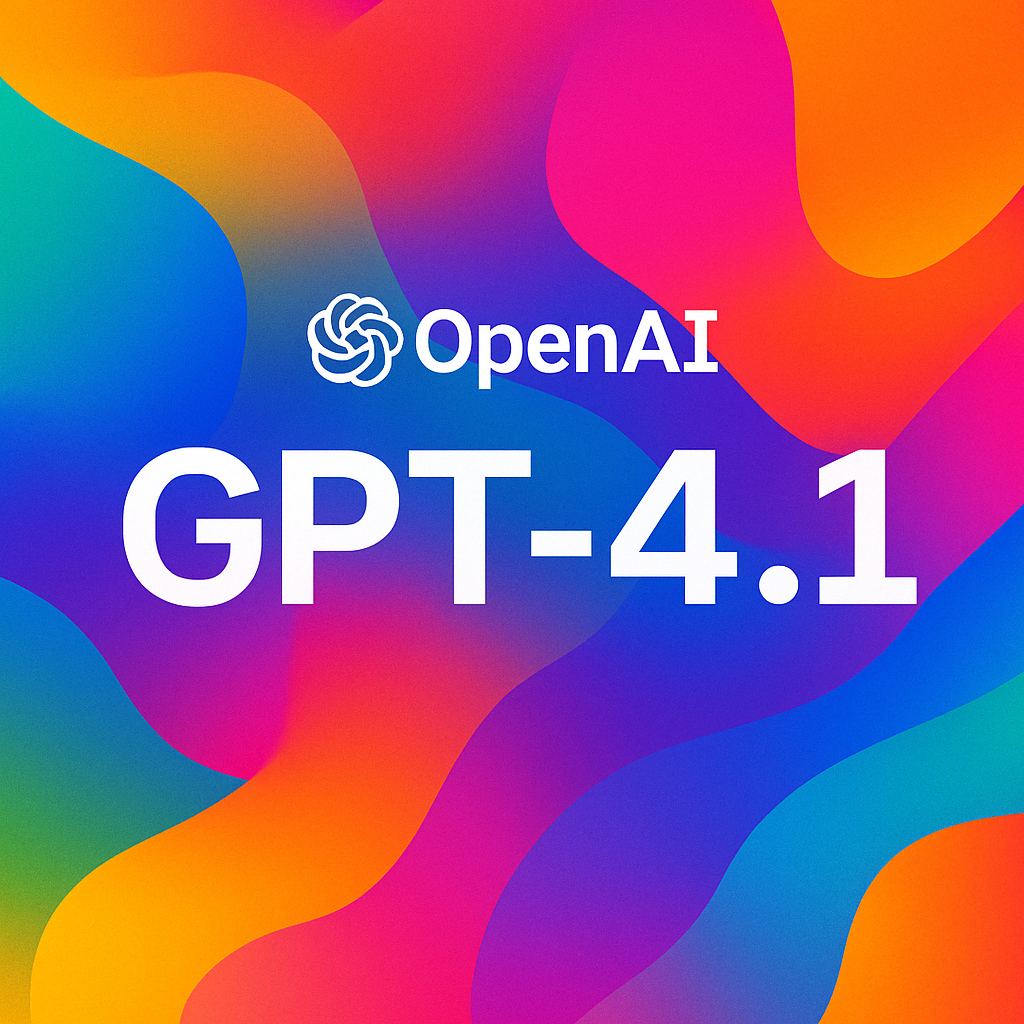
30.05.2025
Energy Efficiency in AI Models: Strategies for a Sustainable Future
How can energy efficiency be achieved in AI models? In this article, explore the roadmap to sustainable technology through low-power model architectures, hardware optimizations, and environmentally friendly AI solutions.
Navigation
Artificial Intelligence and Increasing Energy Demands
In recent years, the use of artificial intelligence (AI) technologies has rapidly expanded worldwide. Today, AI plays a significant role across all sectors including healthcare, finance, education, and manufacturing. The efficiency gains and benefits provided by AI have led to increased usage of digital products and services. However, this also results in a significant rise in energy consumption. One of the primary reasons for this increase is the high computational power required during the training and deployment processes of AI models.
Currently, data centers worldwide account for approximately 1% to 1.3% of total global electricity consumption and are growing by 20% to 40% annually. According to the International Energy Agency, the energy consumption of data centers is expected to reach 1,000 terawatt-hours (TWh) by 2026—more than double the consumption in 2022. AI technologies play a critical role in this growing energy demand. It is estimated that AI applications account for about 10% to 20% of the total energy consumption within data centers today.
The training of AI models heavily relies on energy-intensive hardware. The use of specialized hardware such as graphics processing units (GPUs) results in significant energy consumption. For instance, the training process of the GPT-3 model with 175 billion parameters is estimated to have consumed 1,287 MWh of energy and caused approximately 502 metric tons of carbon emissions. However, energy consumption is not limited to the training phase. The real-world deployment of these models—continuous operation in daily applications—further increases total energy usage significantly.
Therefore, improving the energy efficiency of AI systems and reducing their energy consumption is critically important not only for technology companies but also for environmental sustainability.

Challenges in Measuring Energy Consumption in AI Models
Accurately measuring how much energy AI models consume and their carbon footprints is complex. One of the main reasons for this complexity is the variability in energy usage depending on the hardware AI models run on. For example, GPUs, CPUs, or specialized AI chips all consume different amounts of energy. Additionally, the diversity of energy sources used by data centers further complicates energy and carbon calculations.
Today, various tools such as CodeCarbon and LLM-Carbon have been developed to measure the energy consumption of AI models. However, each tool employs different methodologies, making it difficult to compare results consistently and systematically. This makes it challenging for AI developers and users to accurately assess the energy consumption and environmental impacts of their models.
The lack of standardized methods for measuring energy consumption also hinders the development of policies and practices aimed at reducing the environmental impacts of AI models. Therefore, standardizing measurement methodologies is critically important for enabling accurate assessments and for producing effective, sustainability-supporting policies.
Methods for Improving Energy Efficiency in AI Models
Many different approaches are being tried to reduce the high energy consumption of AI systems. These methods aim to minimize energy usage while maintaining model performance as much as possible. The main strategies for improving energy efficiency in AI models are outlined below:
Model Design and Architecture Optimization:
Choosing the right architecture when designing AI models can make a significant difference. Some architectures can deliver similar performance with less energy. For example, the Mixture of Experts (MoE) system, which uses expert sub-models, activates only the necessary parts of the model instead of the entire system. This reduces computational load and energy consumption.
Data Efficiency and Training Processes:
Carefully selecting training datasets, eliminating irrelevant or low-quality data, and removing duplicates can shorten the training time, leading to lower energy usage. Also, quickly testing and selecting optimal parameters during training helps accelerate the process and reduce consumption.
Model Compression and Inference Optimization:
Compression techniques allow large and complex AI models to operate at smaller sizes with similar performance. “Pruning” removes unnecessary parameters, while “quantization” simplifies and reduces the precision of model parameters. This reduces memory usage and computational demand, significantly lowering energy consumption.
Hardware Optimization:
GPUs and TPUs developed for AI workloads are more energy-efficient than standard CPUs. Using these specialized processors makes AI training and inference faster and less energy-intensive.
Social and Environmental Impacts of Improving AI Energy Efficiency
Achieving energy efficiency in AI systems is not just a cost issue; it is also a crucial component of building a more equitable and environmentally friendly tech ecosystem. Systems that consume less energy contribute to environmental protection and make AI technology more accessible.
Environmental Sustainability:
AI models are being used in an increasing number of areas, which brings about a growing energy demand. Properly managing this demand can reduce environmental impact. For instance, large data centers used by companies like Google, Amazon, and Microsoft consume enormous amounts of energy annually. Making AI models more efficient helps reduce this consumption, contributing to a global reduction in carbon emissions.
Another hidden impact is water consumption. Data centers use large volumes of water for cooling systems. If models operate with less energy, cooling needs decrease, indirectly conserving water resources.
Social Impact and Equity:
Energy efficiency also affects access to technology. Large and complex AI models require powerful and expensive hardware, which is a significant barrier for organizations, countries, or individuals with limited resources. More efficient and compact models can help overcome this barrier.
Systems that require less energy reduce operational costs and can be run on simpler infrastructure. This ensures that AI is not monopolized by a few large organizations but can be used by researchers, entrepreneurs, and social impact projects around the world.

Challenges in Enhancing Energy Efficiency
While improving the energy efficiency of AI models is essential, it comes with certain challenges.
Balancing Performance and Efficiency:
Downsizing a model or simplifying certain components doesn’t always yield positive outcomes. For complex tasks like natural language processing or image recognition, simplifications may reduce accuracy or sensitivity. This can lead to outcomes like poorly summarized emails or misclassified objects in images. Therefore, developers must maintain performance while reducing energy usage. Every optimization must be carefully tested for impact.
Technical Complexity:
Implementing optimization techniques can be technically complex, requiring additional engineering resources, expertise, and advanced infrastructure. Furthermore, new techniques designed to improve efficiency may pose implementation challenges and require extensive testing to ensure success.
The Rise of Smaller and More Efficient Models
Recently, there has been a noticeable trend toward developing smaller yet more effective AI models. While increasing model size was previously the dominant strategy to boost performance, recent studies have shown that smaller and more specialized models can match or even surpass larger models in performance.
Advantages of Smaller Models
Lower Energy Consumption: Smaller models require less computational power and thus consume less energy.
Faster and More Efficient Operations: They perform much faster, especially in real-time systems or on devices with limited hardware such as mobile phones.
Lower Costs: Reducing model size lowers hardware and operational expenses, making AI accessible to a wider range of users.
Emerging Trends and Success Stories
Recently, benchmarking platforms like OpenLLM have increasingly showcased smaller models that match or outperform larger ones. This trend is expected to continue as energy-efficient techniques mature and become more widespread.
Skymod's Approach and Solutions for AI Energy Efficiency
Skymod Technology develops AI solutions focused on energy efficiency by recognizing this global trend. Its SkyStudio platform helps organizations optimize energy usage and make AI deployment more sustainable.
Energy-Efficient and Secure AI Applications with SkyStudio
On-Premise Deployment Option: SkyStudio is designed to run on organizations’ own infrastructure or in hybrid models. This ensures data security and minimizes data transfer over networks, reducing energy consumption.
Support for Small and Efficient Models: SkyStudio supports both large language models and smaller, energy-efficient alternatives. This flexibility offers energy savings and cost advantages for organizations with limited resources.
Customizable AI Assistants: SkyStudio allows institutions to build AI assistants tailored to their needs without coding. These assistants are trained on the organization’s own datasets, delivering high accuracy and energy-efficient results.
SkyStudio contributes to environmental sustainability by helping institutions improve their energy efficiency. With on-premise deployment and support for smaller models, energy usage is reduced without sacrificing performance. This approach lowers operational costs and supports organizations in meeting their environmental responsibilities.
Skymod prioritizes energy efficiency and security, enabling institutions to deploy AI solutions in a more sustainable and effective manner. In doing so, organizations can stay ahead technologically while minimizing their environmental footprint.
Keep Reading
AI That Works Like You. Get Started Today!
Get in Touch to Access Your Free Demo


